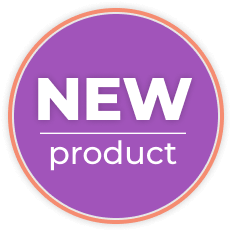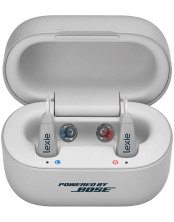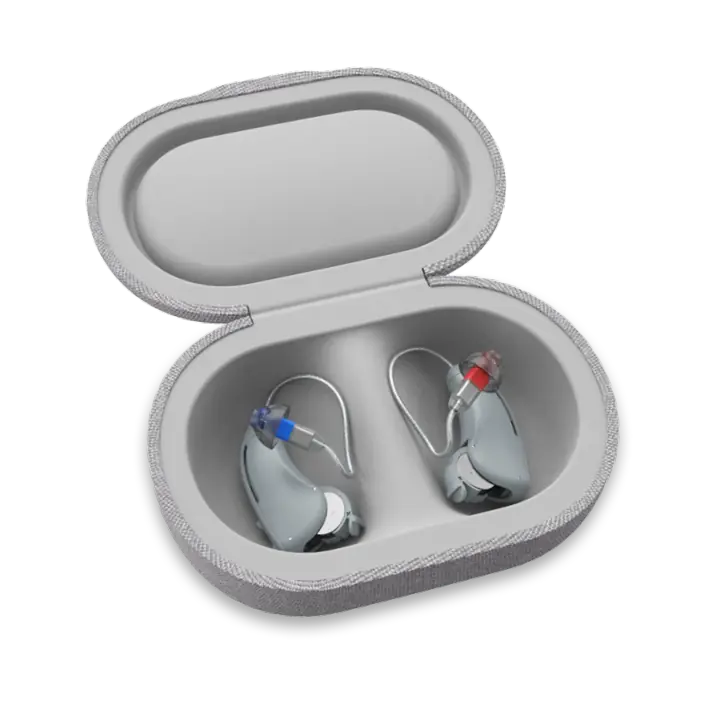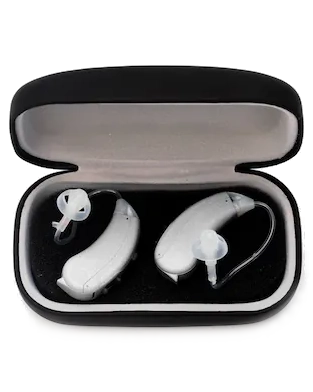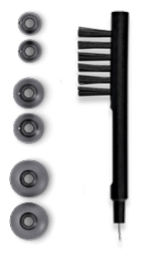How to Know Which Type of Hearing Protection To Use
Published: May 19, 2022
We often wear protective eyewear to prevent sight damage or blindness. Of course, no one wants to go blind, but another one of the five senses one should consider protecting is hearing. This article will share types of hearing protection you should consider.
Every day, we are exposed to high levels of noise whether it be on the job at a construction site, waiting on the subway platform, or at a concert. According to the Center for Disease Control (CDC) 1 in 4 American adults suffer from noise-induced hearing loss. Noise-induced hearing loss is caused by the hairs in the ear canal being irreversibly damaged. As a result, you can lose your ability to hear permanently.
Luckily, there is a variety of types of hearing protection that you can invest in to protect your hearing. In this post, we go over the pros and cons of different types of hearing protection and which type would be best suited for your individual needs.
Types of Hearing Protection
Foam Earplugs
Earplugs are often the least expensive hearing protection option. They are sold at most stores in large quantities as one-size-fits-all. To use them, all you need to do is roll them with your fingers into a small cylinder and insert into the ear canal. Once inside, the foam expands to fit your ear canal. These are great for people looking to protect their hearing for a one time occasion such as a concert or sporting event.
Foam earplugs are usually for single-use only, so if you are looking for hearing protection equipment to wear regularly, these might not be the most cost-effective. In addition, if you are going to be removing them frequently, foam earplugs are not the most sanitary option since you need to wash your hands before inserting and removing them.
Reusable Silicone or Plastic Earplugs
Reusable plastic earplugs are good for people who use earplugs regularly and do not need to remove them often. These are recommended for musicians, regular concertgoers, and announcers at large events.
While you can buy these in one-size-fits-most options, it is recommended that you visit a hearing professional to get them custom-made to your ear canal. If you need to remove your hearing protection equipment often, this might not be the best option.
Semi-Insert Earplugs
Semi-insert earplugs are two plastic or foam plugs attached by a hard headband. Semi-insert earplugs are only partially inserted into the ear canal therefore, they do not cancel out as much noise as other types of hearing protection.
Nevertheless, if you require earplugs for only short periods of time and need to be able to remove your protective equipment easily, this is a good option for you. However, if you are in a loud environment that is above 100 decibels, these might not be the best option for optimal noise cancellation.
Earmuffs
Earmuffs are a heavy-duty, non-invasive hearing protection option. The muffs go directly over the wearer’s head like earmuffs one would wear in winter. Instead of keeping you warm, however, they cancel out noise. These are easy to put on and remove. They are also great options for kids, especially if they are prone to ear infections.
Earmuffs would be good for sporting events, concerts, and airplanes. A big drawback, however, is that if they are not securely fastened on one’s head, they are not very effective. For example, if you wear glasses or another form of protective gear (helmet, hardhat, goggles, etc.), it can be difficult to have the earmuffs snug on your ears.
Which Type of Hearing Protection is Best?
Now that you have learned about three different types of hearing protection, which one is the best? The answer depends on what you need the protection for.
If you are looking for a one-time use method of protection for a concert or sporting event, foam earplugs might be the best option for you. However, if you work in high-noise environments such as airplane tarmacs or construction sites, earmuffs might be the way to go. It’s important to assess your protection needs—such as noise level, length of exposure, and portability—in order to determine which type of hearing protection is best for your situation.
That being said, if you are looking for something portable and that can be used long-term, reusable earplugs are a great all-around option. These can be custom molded to your ear canal, ensuring a great fit and maximum noise protection. They also do not get in the way of other equipment you might be wearing on a job.
How Lexie Hearing Can Help
When it comes to hearing loss, prevention is always the best method. Using hearing protection is an important step in preventing noise-induced hearing loss.
If you suspect that you may have experienced hearing loss, take Lexie’s free online hearing test today. The test is quick and easy, and results will be available immediately. This is a great first step in determining if treatment is necessary.
Contact a Lexie Hearing Expert today for more information.
